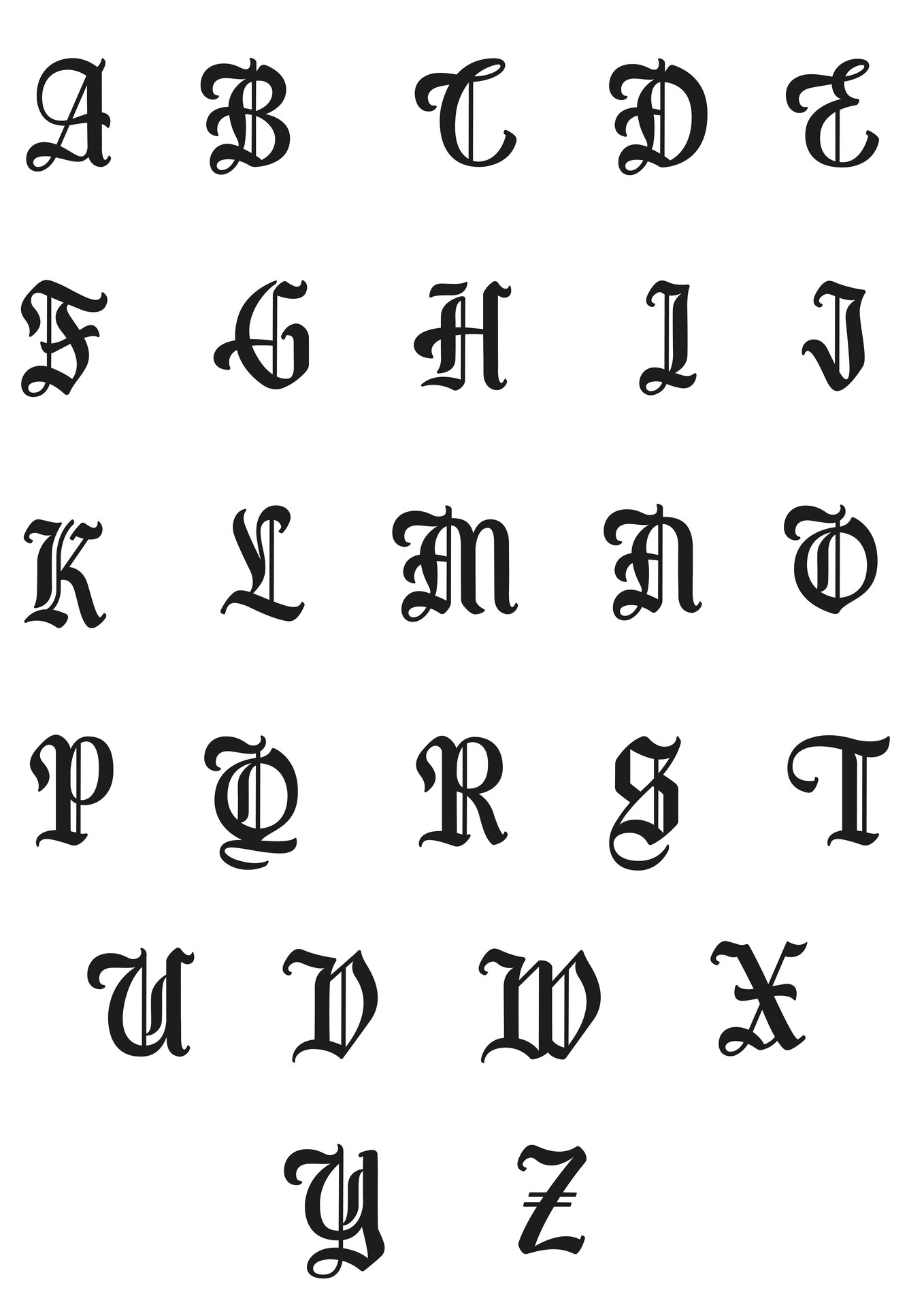The Enduring Appeal of Old English Font Styles
There's a reason certain fonts feel timeless, evoking a sense of history, strength, and tradition. They carry a weight, a presence that instantly transports us to another era. Among these enduring typefaces are those we often categorize as "Old English" – a broad term encompassing fonts inspired by medieval calligraphy and manuscript lettering. But their impact goes far beyond historical reenactment societies and dusty library shelves.
Today, these fonts are experiencing a resurgence, appearing everywhere from trendy tattoo parlors to high-end fashion brands. This isn't just a fleeting fad; it's a testament to the enduring power of these letterforms. They speak to something primal within us, a connection to the past and a desire for authenticity in a world saturated with digital noise.
Think about the last time you saw a logo using an Old English-inspired font. What came to mind? Strength? Heritage? A touch of rebellion? These fonts have the power to communicate a complex narrative in a single glance. They're bold, they're unapologetic, and they demand attention. But their effectiveness goes beyond mere aesthetics.
Understanding the allure of these fonts requires a journey back in time, to the origins of their distinctive style. These letterforms weren't just decorative flourishes; they were born out of necessity, painstakingly crafted by scribes using quill and ink. The thick, angular strokes and elaborate ligatures weren't merely stylistic choices; they were solutions to the limitations of their tools and the materials available.
Fast forward to the digital age, and these fonts, once confined to the pages of illuminated manuscripts, have been digitized and democratized. They're no longer the sole domain of monks and scholars; they're readily available to anyone with a computer and a desire to infuse their work with a touch of history and gravitas.
While the term "Old English" is widely used, it's important to note that it encompasses a range of specific typefaces, each with its own unique history and characteristics. For instance, Blackletter, often considered synonymous with Old English, actually refers to a broader family of scripts popular in Europe from the 12th to 17th centuries. Within this family, you'll find variations like Textura, Schwabacher, and Fraktur, each with subtle differences in stroke weight, letterforms, and ornamentation.
Advantages and Disadvantages of Using Old English Fonts
Like any design element, using Old English fonts comes with its own set of advantages and disadvantages. It's crucial to weigh these carefully to ensure that your chosen typeface aligns with your message and target audience:
| Advantages | Disadvantages |
|---|---|
| Evokes history, tradition, and authenticity | Can be perceived as overly formal, archaic, or difficult to read in large blocks of text |
| Conveys a sense of strength, boldness, and authority | May not be suitable for all industries or target demographics |
| Visually striking and memorable, making them ideal for logos and headlines | Requires careful pairing with other fonts and design elements to avoid a cluttered or overwhelming aesthetic |
Best Practices for Implementing Old English Fonts
Here are some best practices to keep in mind when incorporating Old English fonts into your designs:
- Use Sparingly: Due to their bold nature, these fonts are best used sparingly. Consider them for headlines, logos, or accents, rather than large blocks of body text.
- Choose Readability: Opt for fonts within the Old English style that prioritize legibility. Experiment with different variations and sizes to find a balance between aesthetics and readability.
- Pair Wisely: Combine your chosen Old English font with a more modern, neutral typeface for body text or supporting elements. This contrast can create visual interest while ensuring readability.
- Consider Your Audience: Be mindful of your target audience and the message you want to convey. These fonts may not be suitable for every brand or project.
- Test Thoroughly: Always test your designs across different devices and screen sizes to ensure that the chosen font remains legible and visually appealing.
While the allure of Old English fonts remains strong, it's essential to approach their use with both enthusiasm and a critical eye. By understanding their history, embracing their strengths, and acknowledging their limitations, you can harness the power of these timeless typefaces to create designs that are both visually striking and deeply resonant.
Unlocking tai po market mtr your holistic guide
Seeking guidance in the early hours a look at dawn prayers
Athens on a budget epic sights without the epic price tag














